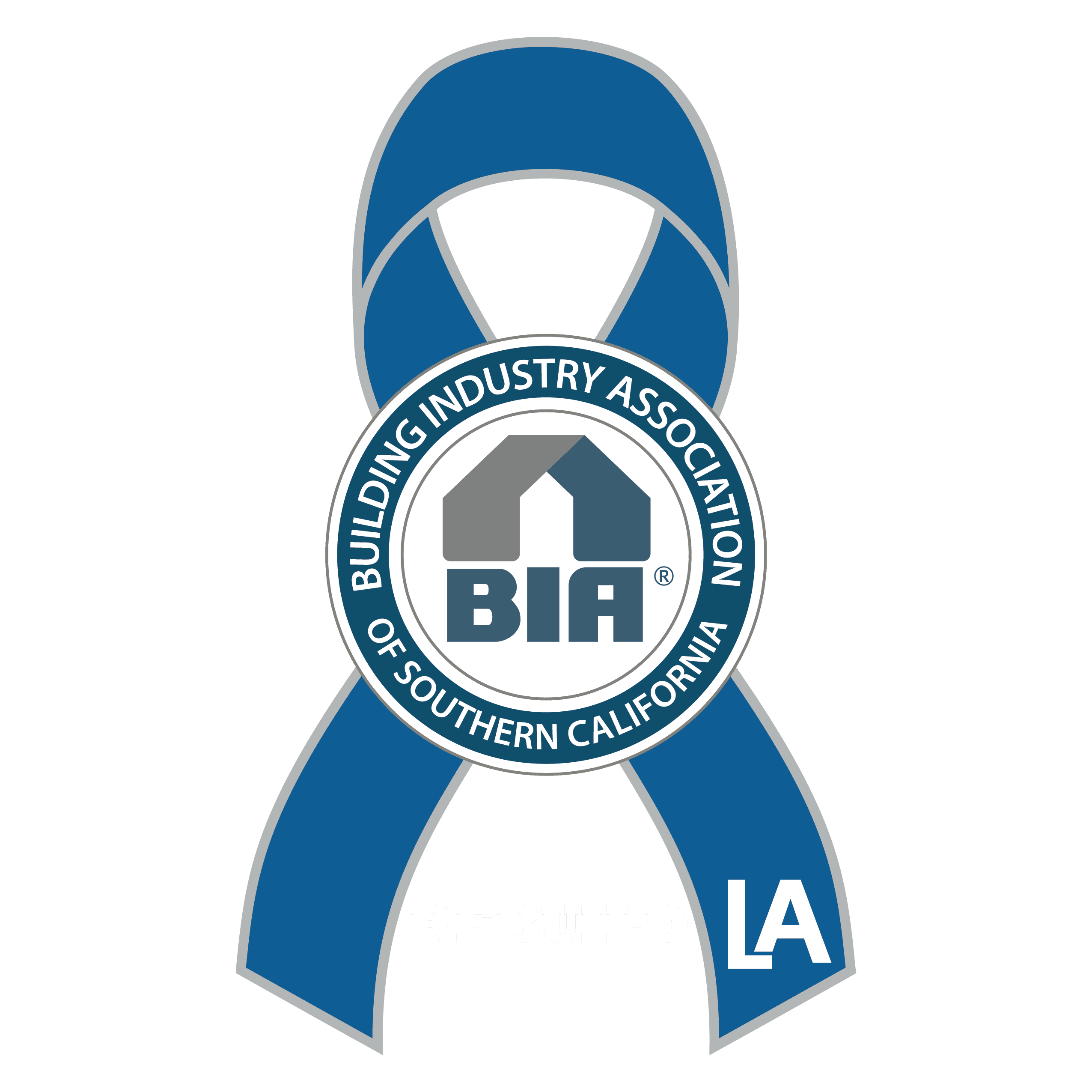By Jeff Montejano
CEO, Building Industry Association of Southern California
It’s no secret that Southern California housing costs have skyrocketed over the past year. According to the California Association of Realtors, the median price of an existing single-family home in Southern California’s five-county region increased by an astounding 18%, reaching an all-time high of $649,000. In turn, there’s been a decrease in the percentage of households that can afford to purchase a median-priced, single-family home.
While low interest rates have certainly played a major role in the region’s costly housing market, the underlying driver continues to be a drastically low supply of homes. As part of the effort to increase the number of new homes in Southern California, the region’s designated planning organization recently voted to adopt a new housing plan that will require local cities and counties to plan for a massive increase in new housing.
As mandated by the state, the Southern California Association of Governments (SCAG) approved a new regional housing plan that will require municipalities to collectively zone for over 1.3 million new homes by the end of the decade. Governed by an 86-member board made up of city and county elected officials, the region covered by SCAG is massive, encompassing all of Southern California, minus San Diego.
Despite numerous objections by local governments that SCAG’s new housing requirements are unfeasible, cities and counties now must update their general plans to ensure that there’s enough zoned land to build their assigned share of new homes. Local municipalities are also under added pressure due to Sacramento’s top-down approach to housing policy, which is fueled by a misguided focus on building expensive high-density housing similar to San Francisco.
Although the new housing mandates will require significant steps by local governments to plan for an unprecedented increase in new housing, SCAG has made a serious misstep that would undermine these very efforts. SCAG is currently overseeing the creation of a far-reaching database of private properties across Southern California. Known as the SoCal Greenprint, the new database is being promoted as a tool to help guide land-use decisions and transportation projects. Despite its seemingly innocent intent, the SoCal Greenprint has raised serious red flags, particularly when it comes to potential abuse by forces hostile to new housing.
To the frustration of many private and public sector stakeholders, the SoCal Greenprint database is being unilaterally developed with limited input from private property owners and local municipalities. Early portrayals of the property database have included flawed data, inaccurately listing some properties as holding constraints on new development. These erroneous constraints provide anti-housing activists as a basis for filing lawsuits under the California Environmental Quality Act, with the sole purpose of stopping new home construction from moving forward.
Most worrisome is SCAG’s decision to approve a $705,000 no-bid contract with The Nature Conservancy to create and oversee the database. As one of the most wide-reaching environmental organizations in the world, The Nature Conservancy depends on receipt of conservation easements, land donations, and costly mandatory payments from property owners to fund their land management operations. While it’s important to balance environmental protections with the critical need to build more housing, The Nature Conservancy’s economic self-interest in promoting and acquiring permanent open space presents a serious conflict of interest.
Considering what’s at stake, it’s essential that SCAG hit pause on the SoCal Greenprint and work with private and public sector stakeholders to ensure that it does not become an added impediment to the already burdensome process of building new homes. Ending the housing crisis means removing barriers to new home construction, not creating new ones.
Jeff Montejano serves as CEO of the Building Industry Association of Southern California.
